Tel Aviv, June 27 (V7N) — In a bold declaration on June 16, Israeli Prime Minister Benjamin Netanyahu stated, “We are reshaping the face of the Middle East,” signaling a strategic escalation against members of the so-called Axis of Resistance. The comment followed a series of coordinated Israeli strikes on multiple fronts, targeting both military and nuclear infrastructure.
According to analysis published Wednesday by The Cradle, Netanyahu’s “transformation” campaign began three days prior to the announcement, when Israel reportedly launched intense strikes on Iranian military and nuclear facilities in Tehran. These attacks also allegedly resulted in the targeted killing of senior Iranian military commanders and nuclear scientists.
Observers suggest that these actions were not merely preemptive military maneuvers, but a calculated provocation aimed at dragging the region to the brink of a broader conflict. Although immediate escalation was forestalled by a U.S.-brokered ceasefire, regional tensions remain dangerously high.
The report emphasizes that for the Arab states of the Persian Gulf—especially Washington-aligned allies—the Israeli offensive has unveiled a harsh strategic reality: if Tel Aviv succeeds in dominating this conflict, the Arab world risks losing its last vestiges of meaningful geopolitical influence.
The developments have placed Gulf states in a difficult position, forcing them to weigh the costs of continued alignment with the U.S. and Israel against the long-term erosion of regional autonomy and relevance.
No official statement has been made by Iran in response to the alleged assassinations, though Tehran has historically vowed to respond forcefully to such provocations. The regional and global implications of these events are being closely monitored, especially in the context of ongoing nuclear negotiations and shifting power dynamics in the Middle East.
As of now, the fragile ceasefire holds—but many analysts believe it is only a temporary pause in what could become a much larger confrontation involving multiple state and non-state actors across the region.
END/WD/AJ/



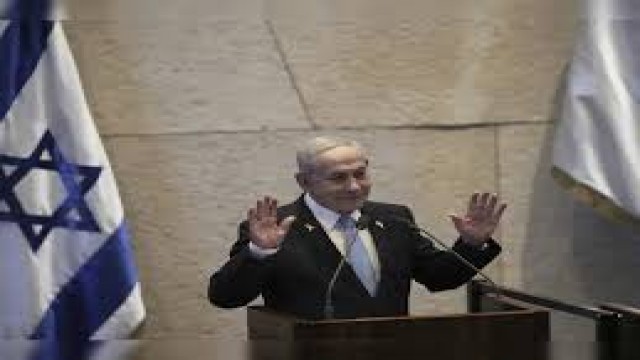

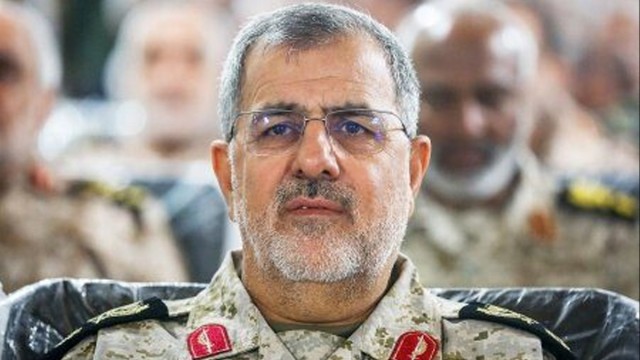
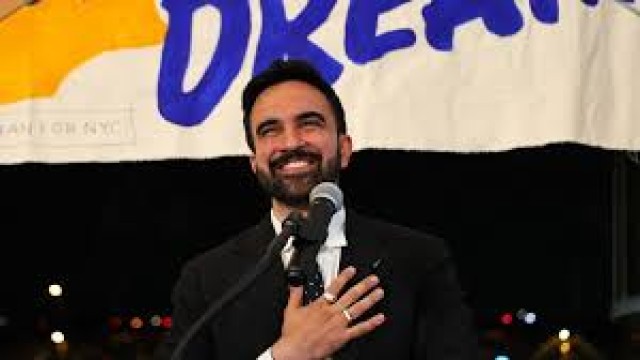
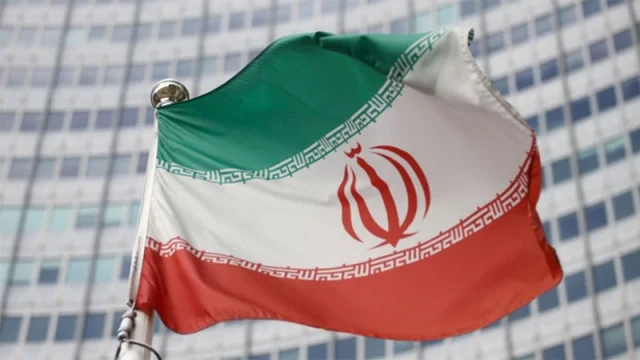
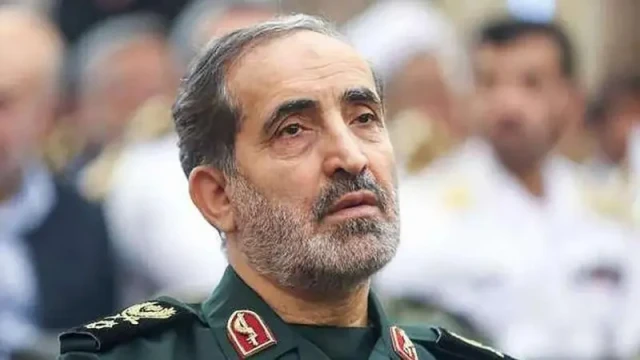
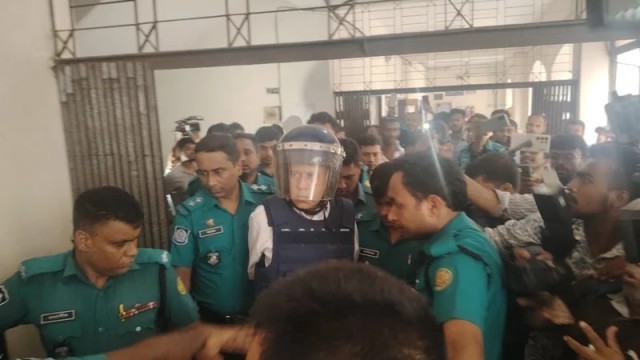

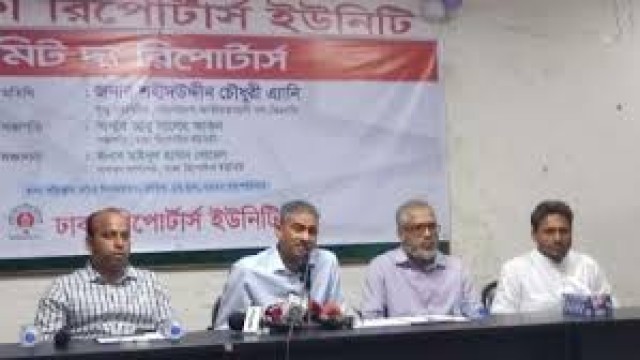

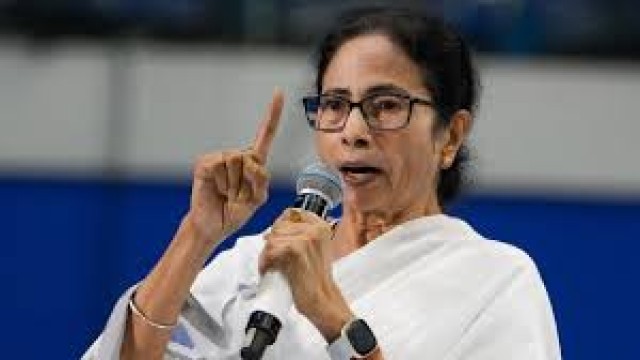

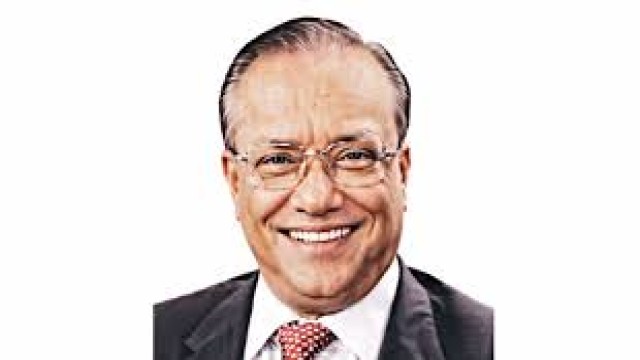
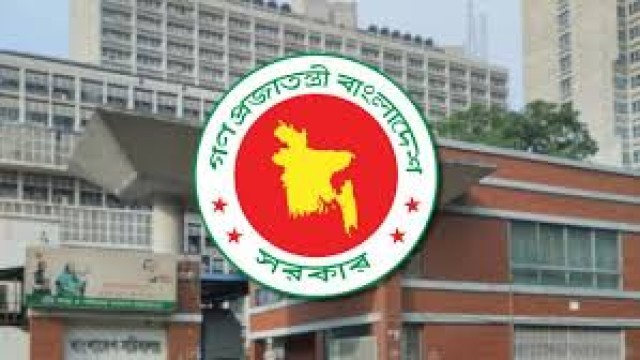


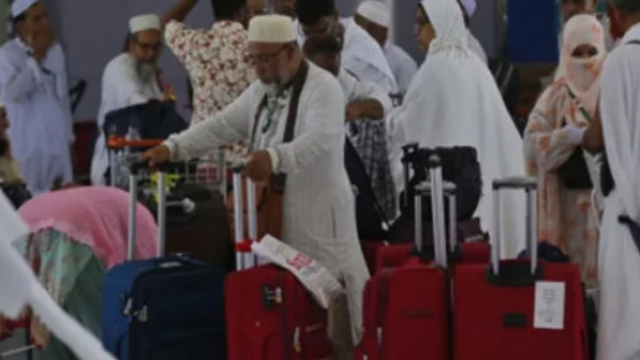
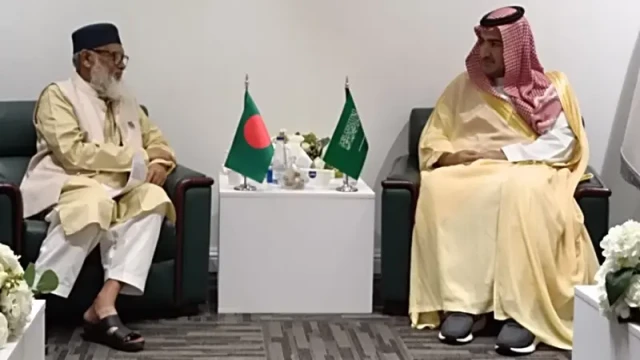
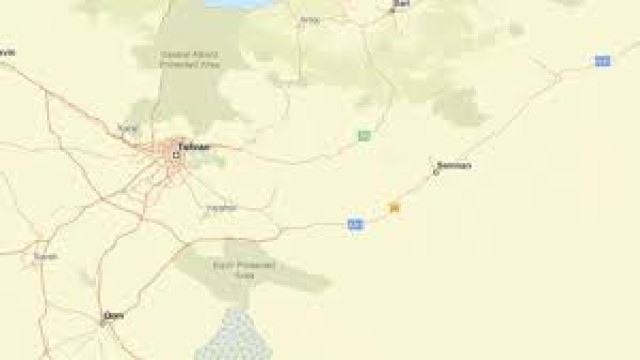
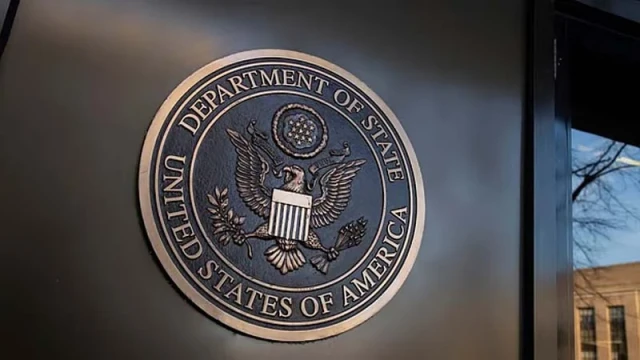
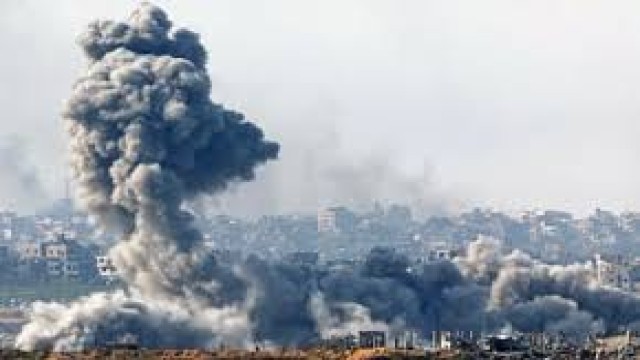




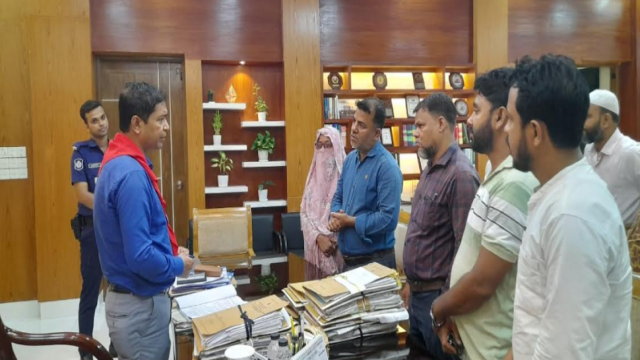
Comment: